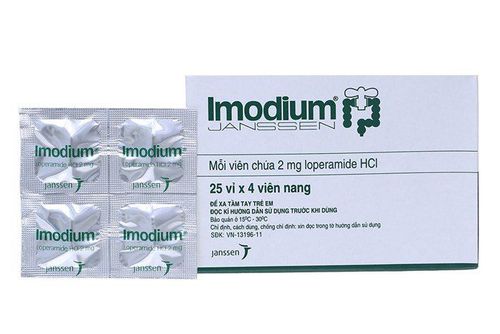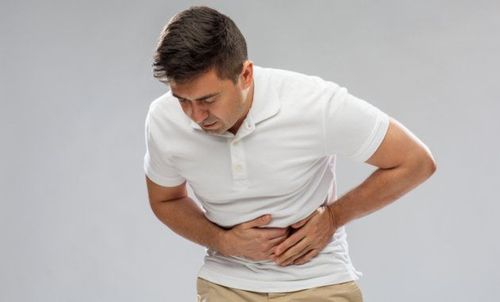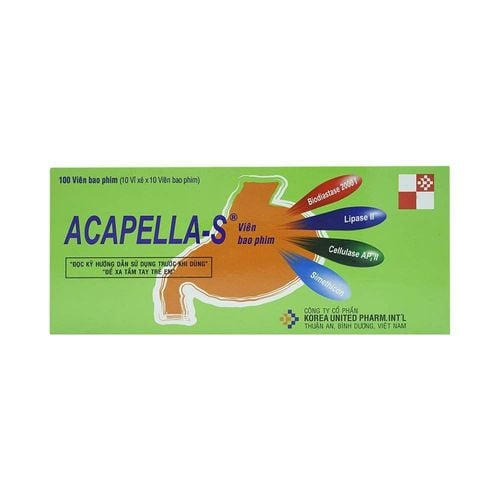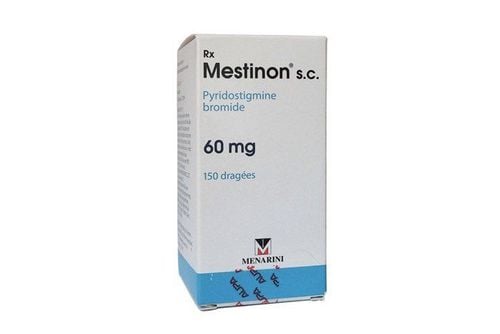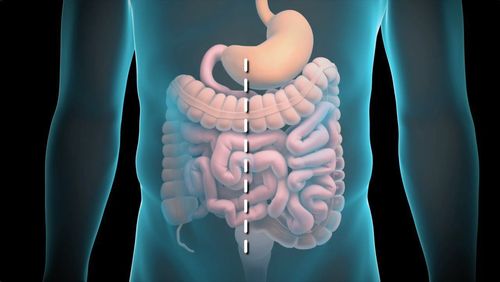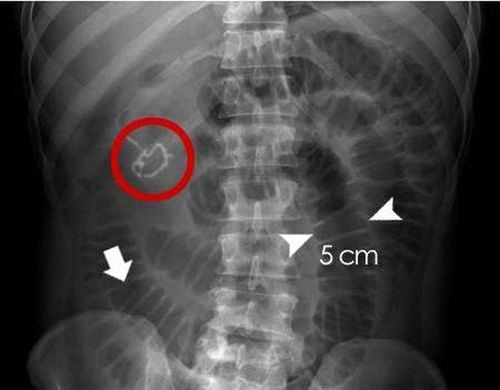This is an automatically translated article.
The article was professionally consulted with Doctor Dao Minh Phuong - Department of Medical Examination & Internal Medicine, Vinmec Central Park International General Hospital.The human digestive system consists of many organs, including the small intestine and the large intestine. Although working together in the intestinal system, there is still a certain difference between the small intestine and the large intestine when it comes to food processing.
1. Overview of small intestine and large intestine
The small intestine and the large intestine are two organs of the human digestive system. Each organ performs mechanical digestion and chemical digestion to process food.The small intestine is divided into the duodenum, jejunum, and ileum. It consists of four main layers: the mucosal layer, the submucosa, the muscular layer, and the serosa. This is the organ that aids in the digestion and absorption of nutrients in the body. The large intestine is made up of the cecum, ascending colon, transverse colon, descending colon, sigmoid colon, and rectum. The large intestine is the site of reabsorption of food residues and storage of stool until it is eliminated.
2. The difference between the small intestine and the large intestine in the process of digestion
2.1. Differences in mechanical digestion In order to perform digestion in the small intestine, there are 4 mechanical digestion activities, including: contraction, pendulum movement, peristalsis and antiperistalsis.Contraction: An activity that helps to divide the chyme (food that has entered the small intestine) into short pieces to easily absorb into the digestive juices. Pendulum movement: Responsible for mixing chyme with digestive juices to speed up digestion in the small intestine Peristalsis: A movement shaped like waves of contractions back and forth, spreading from beginning to end. part of the small intestine, this movement is responsible for pushing food through the intestines. If the intestine is blocked due to diseases such as tumors, worms, intestinal volvulus, etc., it is extremely difficult to push the chyme through the obstruction. To pass, peristalsis requires a sharp increase in movement, causing intermittent abdominal pain and the appearance of the snake's sign (Koenig's sign). This is one of the signs to diagnose bowel obstruction. Antiperistaltic: Similar to peristalsis but opposite, appears sparse and weaker. Antiperistaltic is responsible for coordinating with peristalsis to slow down the movement of chyme. The purpose of this is to make the process of digestion and absorption take place more thoroughly. Meanwhile, the digestive process in the large intestine needs to perform 4 mechanical digestion activities including: segmental movement, peristalsis, total motility, and expulsion of feces.
Segmental movement: Divides the large intestine into segments resembling haustras and performs the reciprocal mixing of the chyme, as well as changing the contact surface with the mucosa. Thanks to this movement, about 1000ml of chyme, only 80-150ml can't be absorbed and is carried out in feces. Peristalsis: In the large intestine, there is also a wavy peristalsis similar to that of the small intestine, helping to move the chyme along the large intestine at a slow speed (5cm/hour). Normally, the chyme takes about 48 hours to pass through the entire large intestine. General movement: Usually occurs about 3-4 times in a day, it helps to quickly move the chyme in the colon towards the rectum. Stool expulsion: Occurs when stool is rapidly pushed into the rectum, causing reflex contractions and relaxation of the anal muscles. As stool moves to stretch the wall of the rectum, signals are sent to contract the sigmoid colon, descending colon, and rectum. At the same time, when peristalsis moves towards the anus, the anal sphincter relaxes and creates a feeling of wanting to defecate. In addition, some actions such as taking a deep breath, contracting the respiratory muscles, closing the glottis and abdominal muscles also increase the pressure in the abdomen, ... helping to drain the stool.

Tiêu hóa ở ruột già cần thực hiện theo các hoạt động cơ học
Particularly in the small intestine, the digestive juices of this organ are more abundant than in the large intestine because they are secreted from 3 places: pancreas, bile and small intestine. In terms of absorption, the small intestine plays an important role in extracting nutrients from food. At this stage, most of the substances that need to be absorbed by the body (digestive products, water, electrolytes, drugs) are completely absorbed by the small intestine.
2.3. Differences in digestive function between small intestine and large intestine Digestion in the small intestine has the main function of carrying out mechanical digestion and chemical digestion to digest and absorb nutrients from foods. At the same time, the small intestine after absorbing nutrients will also metabolize and transport these nutrients to other organs to nourish the body.
Digestion in the large intestine also includes mechanical digestion and chemical digestion. However, the main function of this process is to absorb water and electrolytes left over from food, as well as assist in the elimination of feces.
In summary, the digestive process in the small intestine and large intestine has some similarities and differences in the mechanical and chemical digestion mechanisms and the functions that these organs perform. Although there are certain differences, this does not affect the digestive process but also contributes to better functioning of the body.
3. Pathology of the small intestine and large intestine in the digestive process
It can be seen that the digestive processes in the small intestine and large intestine have different characteristics and play their own roles. Any disease in the small or large intestine can affect the body's digestion of food and absorption of nutrients.Common diseases of the small intestine and large intestine are: enteritis, small bowel tumor, small bowel obstruction, intestinal tuberculosis, irritable bowel syndrome, ulcerative colitis, Crohn's disease, colon cancer, colon polyps , colonic diverticula ...
Please dial HOTLINE for more information or register for an appointment HERE. Download MyVinmec app to make appointments faster and to manage your bookings easily.




